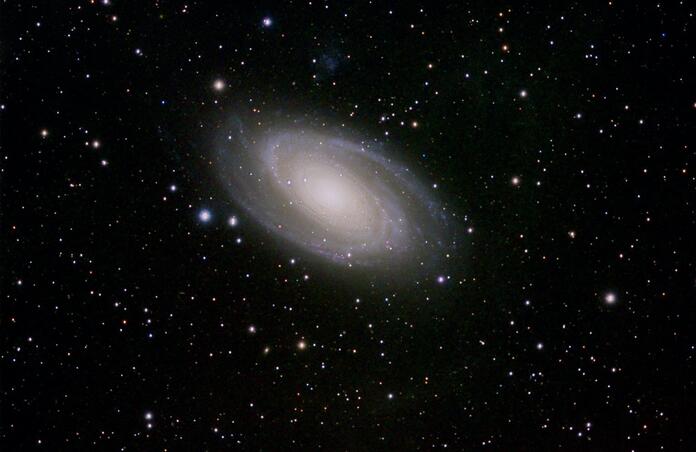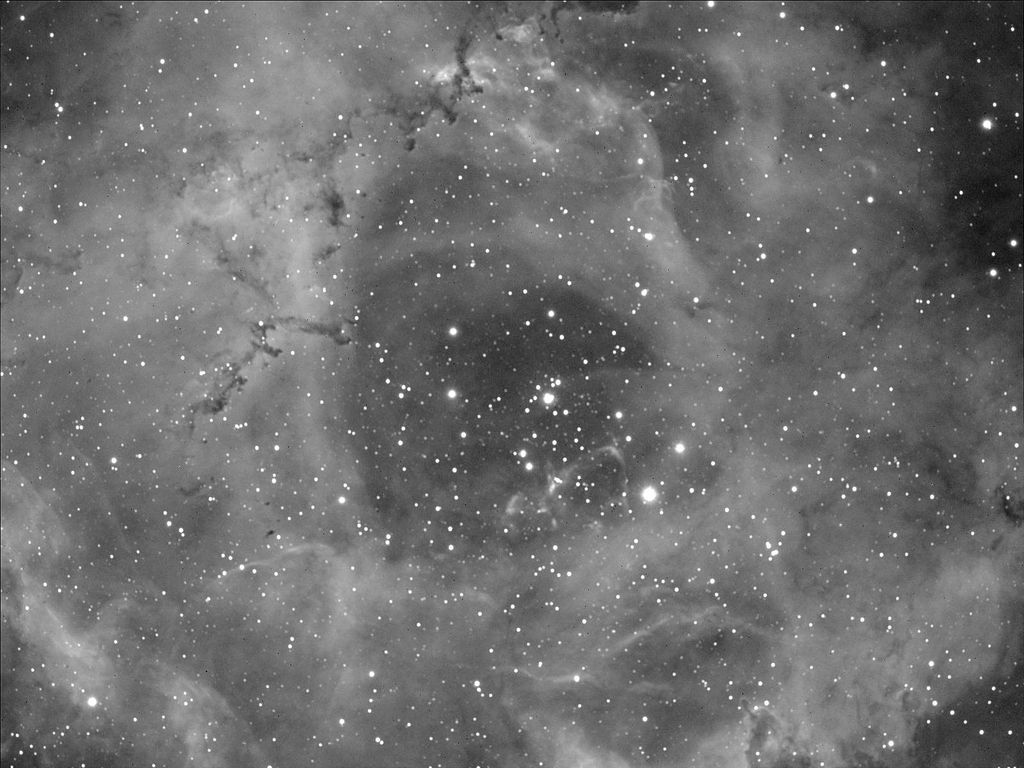What to do on cloudy nights?

Ok, I’ve got my target session plan (and a backup plan) optimized to make the most of the nights that are getting longer. I’ve made sure my equipment is set up and working properly and optimized for the targets I want to image. Sequence Generator Pro (SGP) is set up to execute the plan. The only item that I do not control and is not currently cooperating is the weather. So what do you do when you are bursting to get some imaging done but you do not have clear skies at night? And I don’t mean just iffy skies with clouds randomly passing over and confusing your guiding for a moment, but completely clouded over and offering no hope of any relief throughout the evening. Well, here are a few things I do to take advantage of this kind of situation.
My first choice is to take a healthy dose of calibration frames, specifically dark frames, and add them to my dark library collection. I normally use my dark frames for calibration on average between 3 to 6 months. I learned from an Adam Block tutorial that using old dark frames can cause serious issues when processing your images, so I make it a point to constantly update my dark library. I try not to have to use any dark frames older than about 4 months. There are always additional frames you can add for a range of exposure times; I currently have files for 1 minute, 2 minutes, 3 minutes, 5 minute and 7 1/2 minute exposures and generally for camera temperatures of -10 DegC and -20 DegC. If you are consistent doing this, eventually you wind up with an extensive library of frames to use which is good for processing your images. Flat and Dark Flats can also be taken but usually you want to do these specifically before or after you’ve done your light images and you have not broken the image train. If you are pretty certain that conditions will clear later in the evening, get these frames out of the way before your main imaging session; then you don’t have to worry about them later.
My other choice of spending the time you have waiting for skies to clear?
Research other targets that may be interested in for future sessions or as a backup to your current target if it moves out of position by the time skies clear.
Resolve a nagging equipment problem. For example, for some reason I can not get my Moonlite Focuser to work in SGP. I think it’s a driver issue but I’ve not taken the time to really work on it. Tonight would be a great time to work on it.
If you have a partial sky where stars are visible, point your equipment at one and work on your guiding. Connect PHD-2 and let it guide while you try and dial in parameters to make improvements. You can also use the time to rebuild the PHD-2 Dark Library that this system uses for guiding. If you didn’t know this, it’s time to get the manual out and learn about it. Will probably improve your guiding just doing this.

imaged in October 2007
I’m sure there are a lot of other options and feel free to let me know some of your favourites.
Stay safe and get your neighbours to turn off their lights at night and convince them to join in the fun….
Image Credits:
M81 - RGB; Taken by my astronomy mentor Paul Winn of Lompoc CA; taken in June 2006
This blog post was originally published in our Telescope Live Community.
The Community represents Telescope Live's virtual living room, where people exchange ideas and questions around astrophotography and astronomy.
Join the conversation now to find out more about astrophotography and to improve your observation and post-processing skills!
